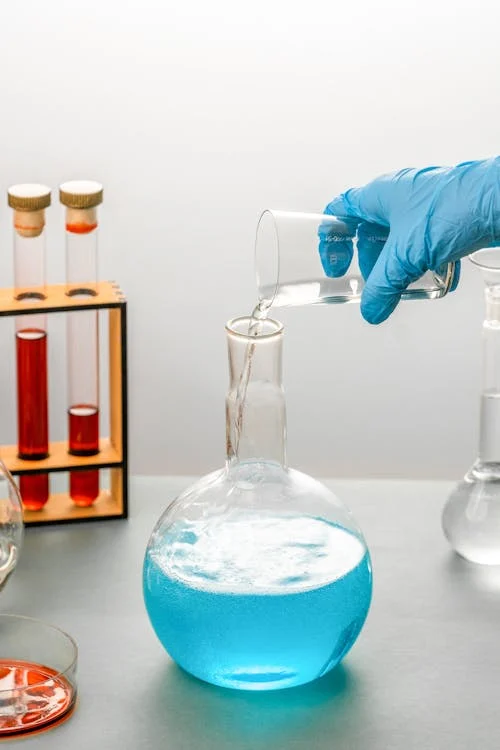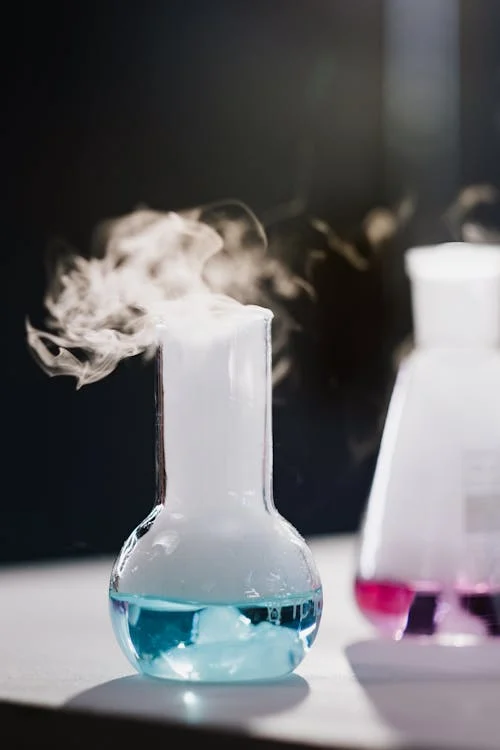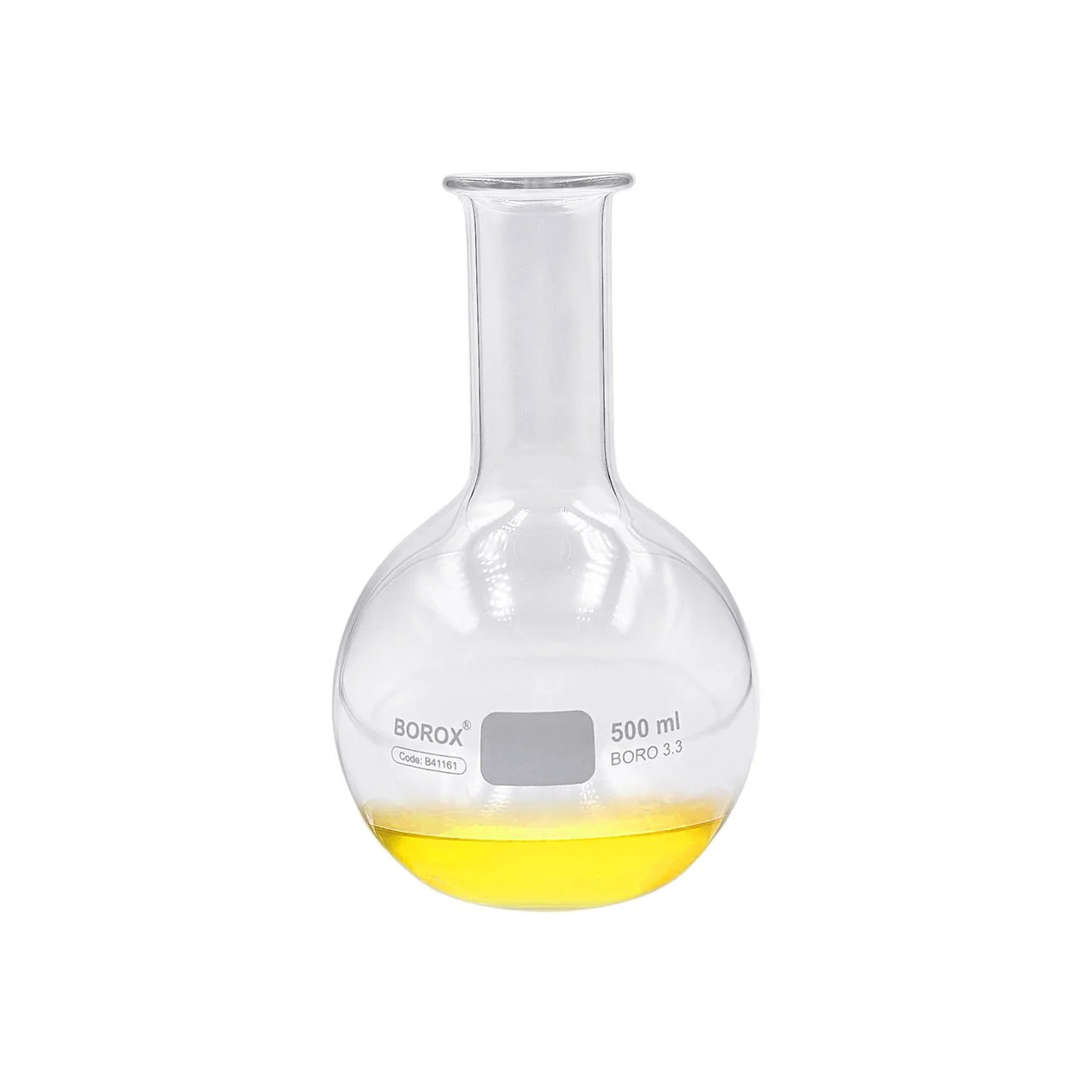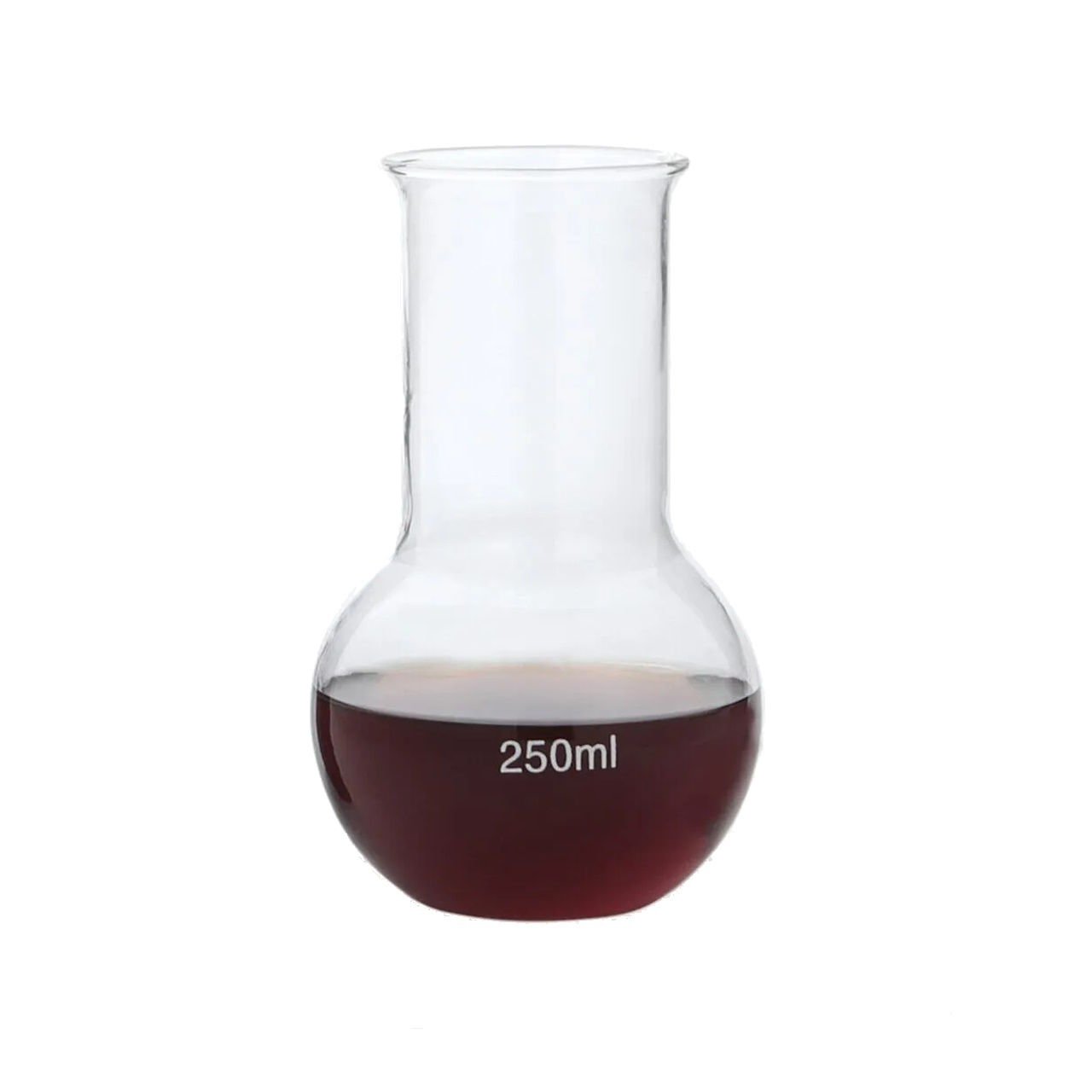Boiling Flasks: The Historical Glassware of Laboratories

A boiling flask, sometimes also known as a Florence flask, is a spherical piece of laboratory glass with one or more cylindrical necks used for containing heated substances. Boiling flasks may be either flat-bottomed or completely round. The necks of boiling flasks are typically open and elongated and may be made of smooth or ground glass.
History of the boiling flasks date back to antiquity, found in the ancient civilizations of Rome, Mesopotamia, and others. This shape has been in use for centuries for good reason. The long, narrow neck allows the flask’s contents to pour easily. The wide, round bottom allows the contents to be swirled by hand without needing a stick or spoon to stir them.The flat base ensures that it remains stable on a flat surface.
The term “Florence flask” was first used in 1744 to describe this piece of laboratory glassware, and the name comes from its resemblance to an Italian wine bottle. Florence flasks became quite popular in 18th- and 19th-century labs for their usefulness in distillation.
As distillation setups and other types of apparatus became more complex in the late 19th and early 20th centuries, scientists connected different glass pieces by sanding their necks for a tighter fit. Around this time, the term “Florence flask” came to define a round flask with a single, smooth, unsanded glass neck. The newer, preferred models with their ground glass joints were instead described by their shape—either round-bottomed or flat-bottomed boiling flasks.
Visit Blabmarket to view all types of flask to suit your needs





